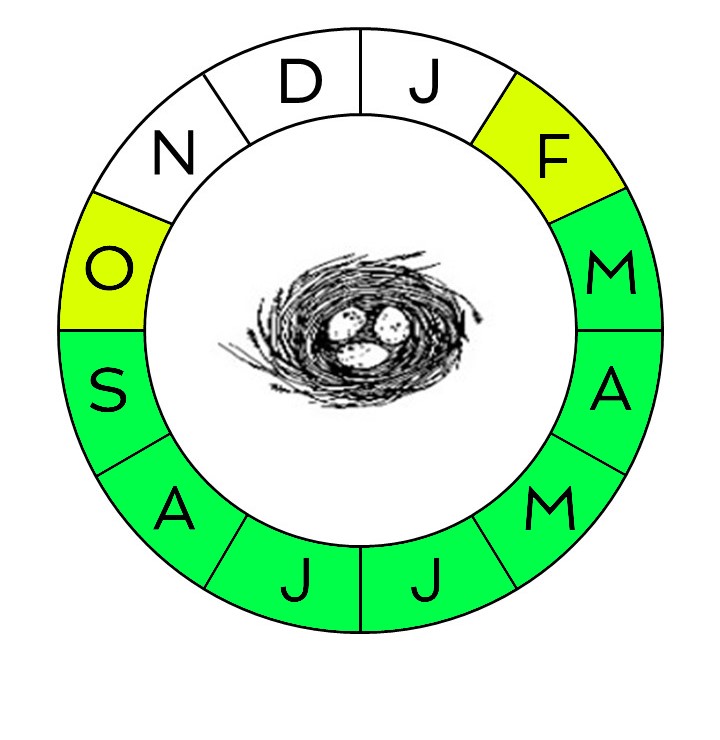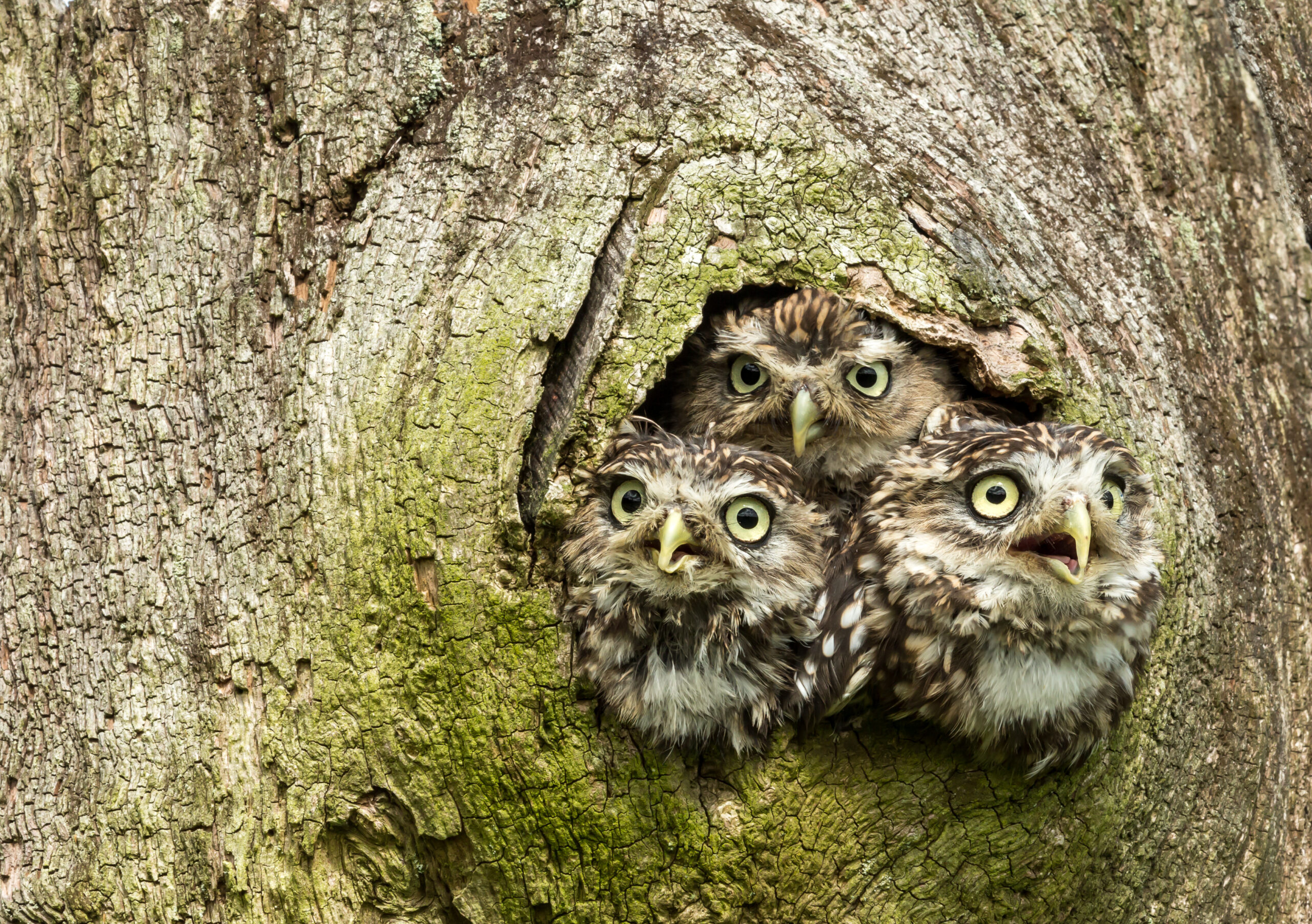All wild birds, their eggs and nests are protected by the Wildlife and Countryside Act 1981 (as amended).

The majority of UK birds breed between Mar and Sep inclusive but some species, e.g. barn owl or woodpigeon Columba palumbus, can nest all year round if conditions are favourable. If your site has nesting bird habitat present we recommend that a survey is completed to ensure no birds are affected, your project stays on schedule and you remain law compliant.
For example, you may need some hedgerow, scrub or tree removal; clear an area of land for development; or alter building features. Birds will nest anywhere that they feel safe and there is a nearby food source.
What does a nesting bird survey entail?
Our ecologist will typically walk a path around the works area several times to record any breeding bird evidence. Any suspected nesting area is then watched with binoculars from a safe distance for at least 30 minutes. Finally, a thorough hand-search of the area is undertaken to detect any active nests and determine one of two outcomes:
- No nests recorded: the site can be immediately cleared, no later than 24 hours after the survey
- Nest(s) recorded: the nest location is suitably buffered from works and re-surveyed after 2-3 weeks
In some circumstances, e.g. dense hedgerows, we can deploy infra-red cameras to penetrate the vegetation and reveal a heat signature of the adult on a nest.

When is the right time to carry out a nesting bird survey?
Exact timings vary, depending on the survey type, where you live and what the weather is like at the time. We recommend checking with us first to avoid any unnecessary delays to your project. The following timings provide a general guide.
Green = optimal | Yellow = suboptimal | White = unsuitable
How can Ecology Resources help?
This page is just an introduction. We offer free advice regarding all bird-related matters, including how your project may be affected by their presence, or how you can tweak you project design to ensure a biodiversity net gain is achieved. To discuss further, feel free to ring us during office hours or email us at anytime.

